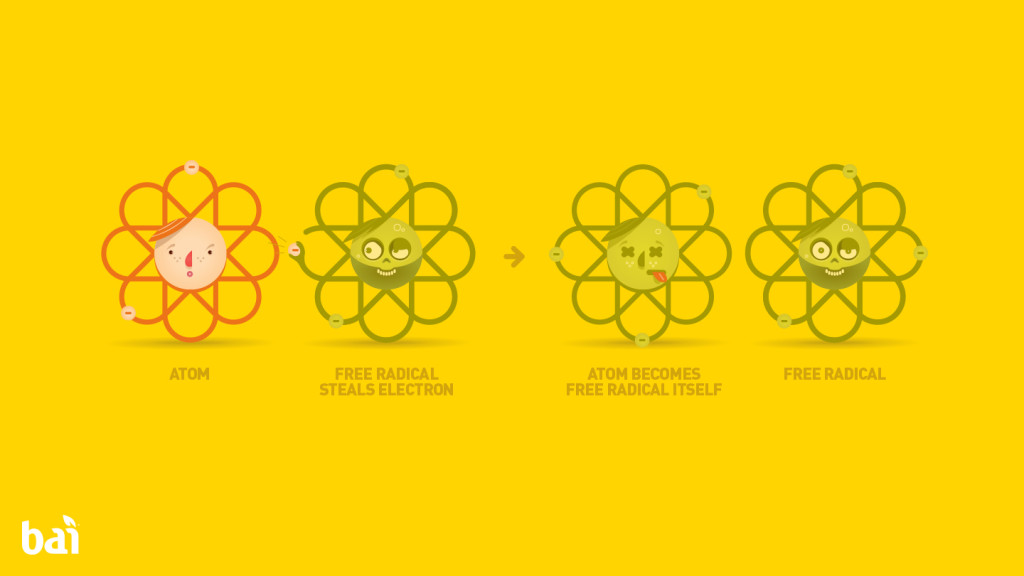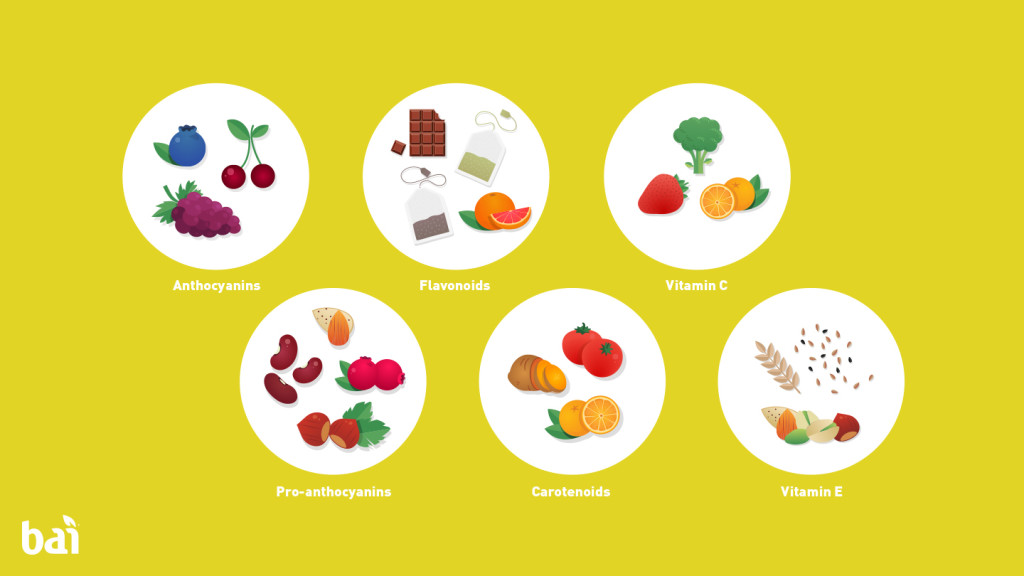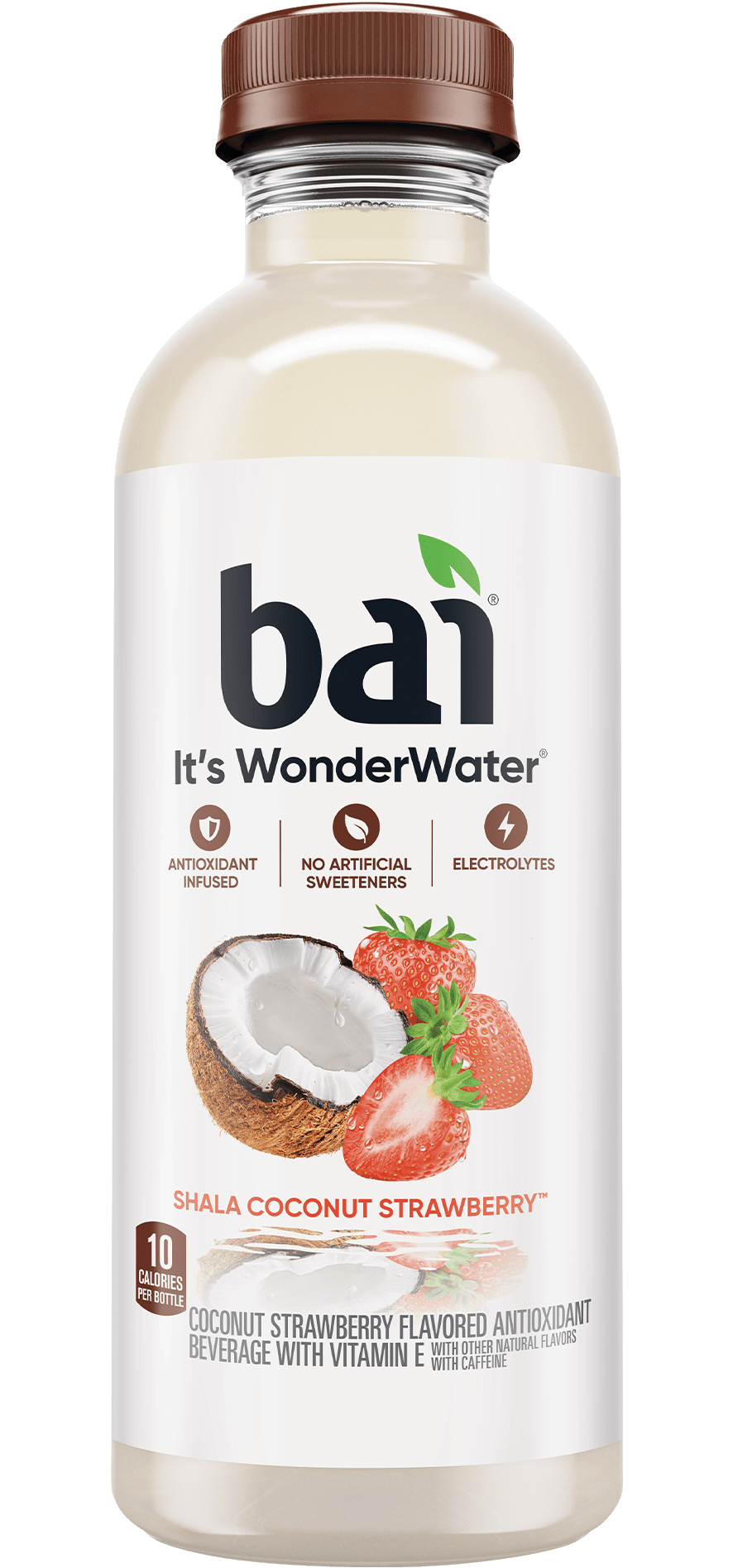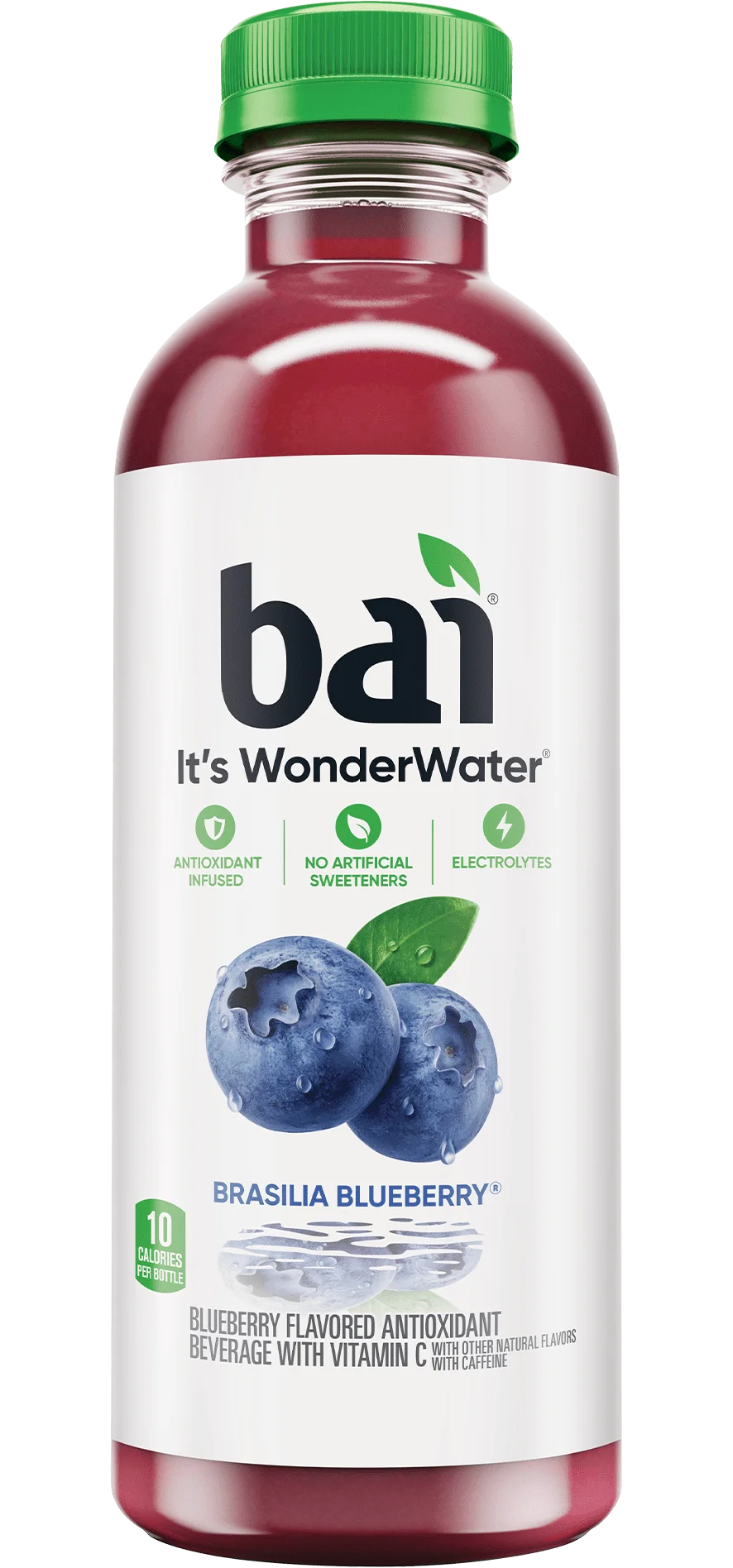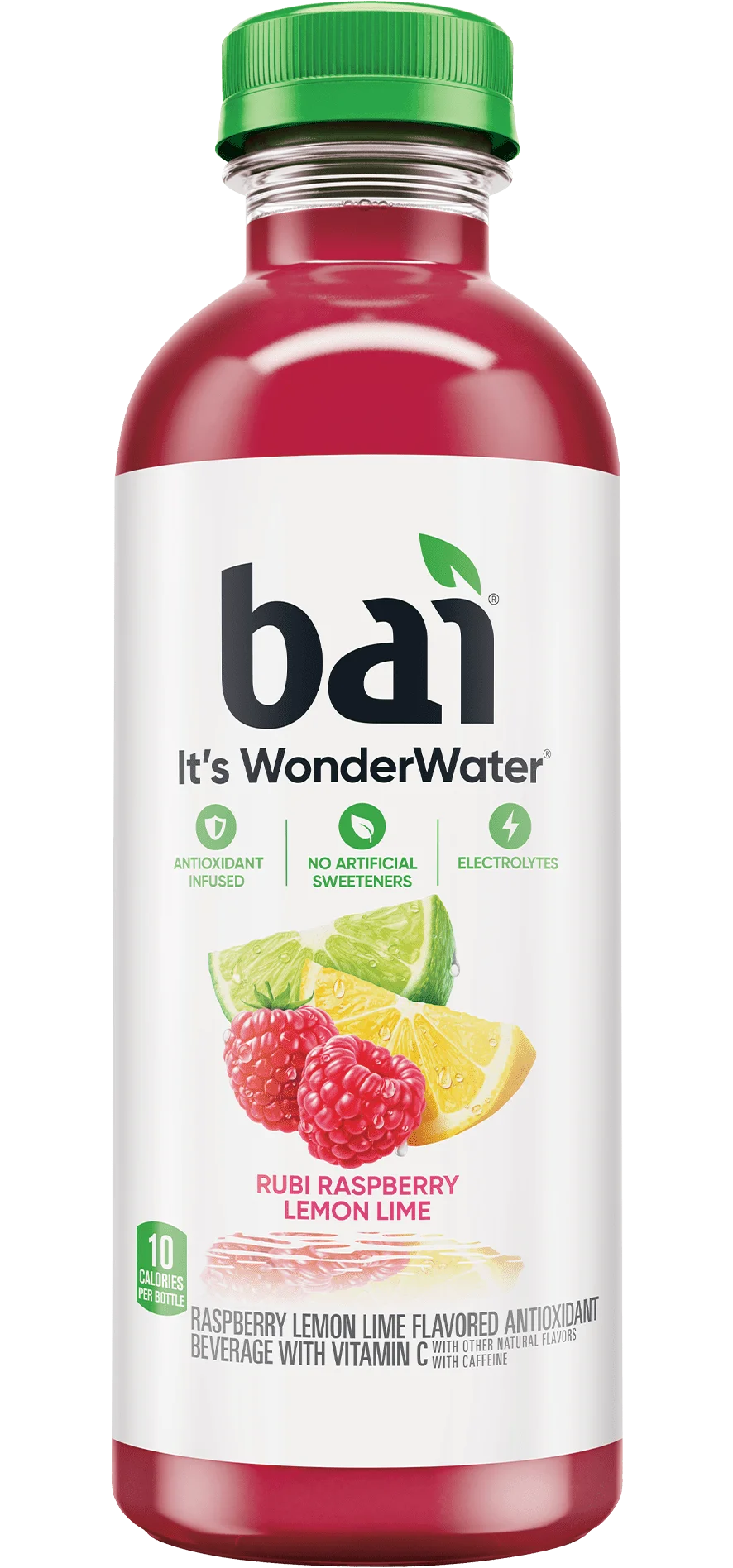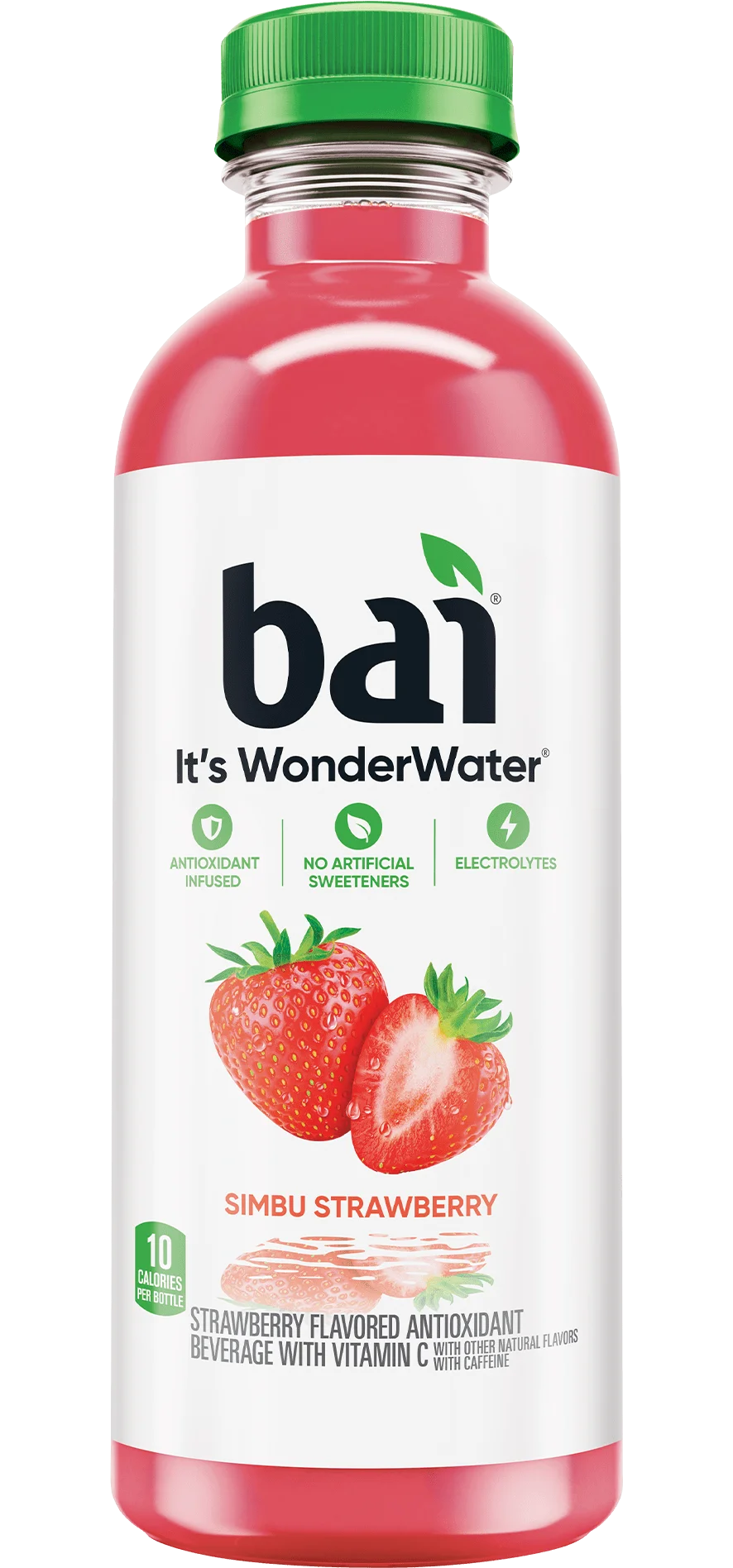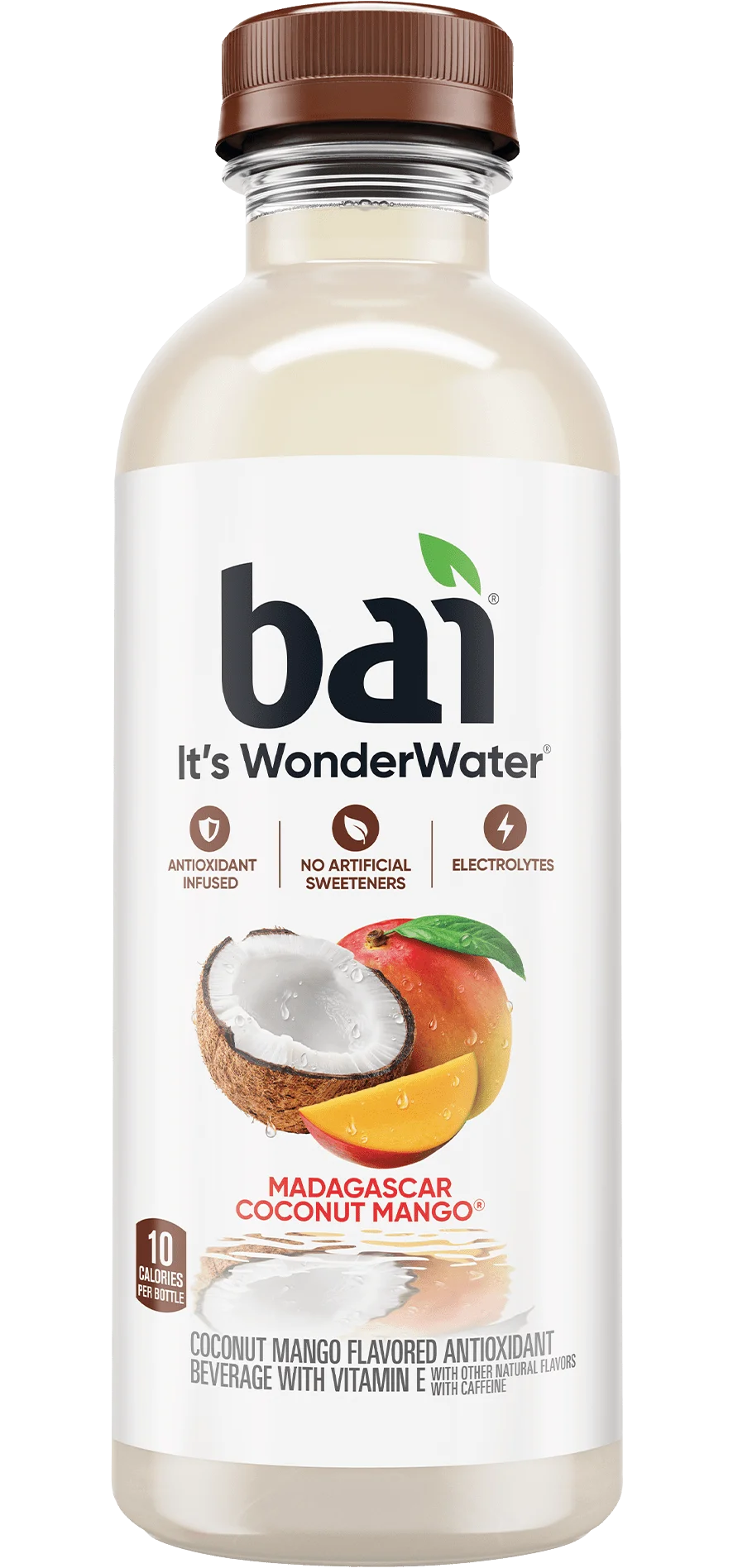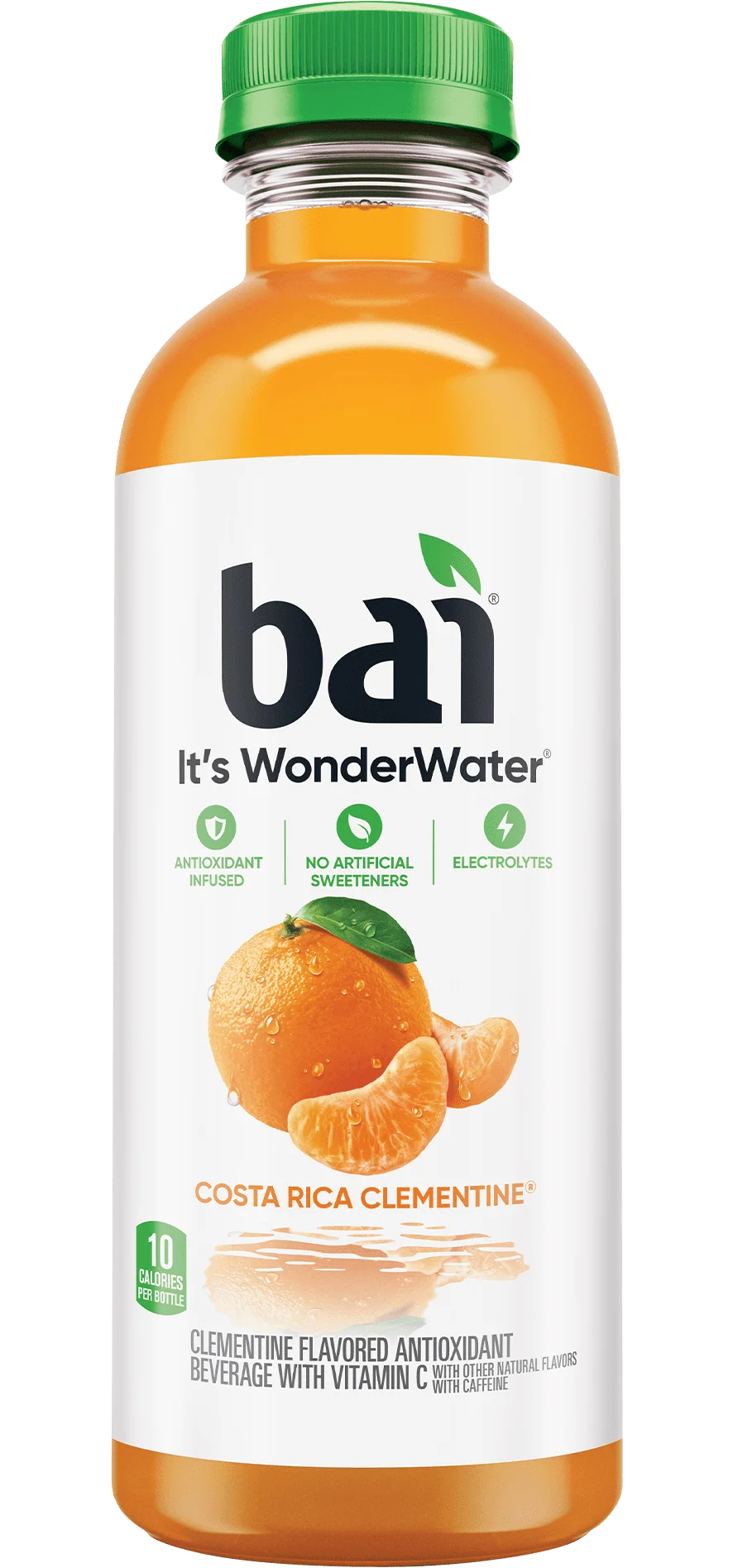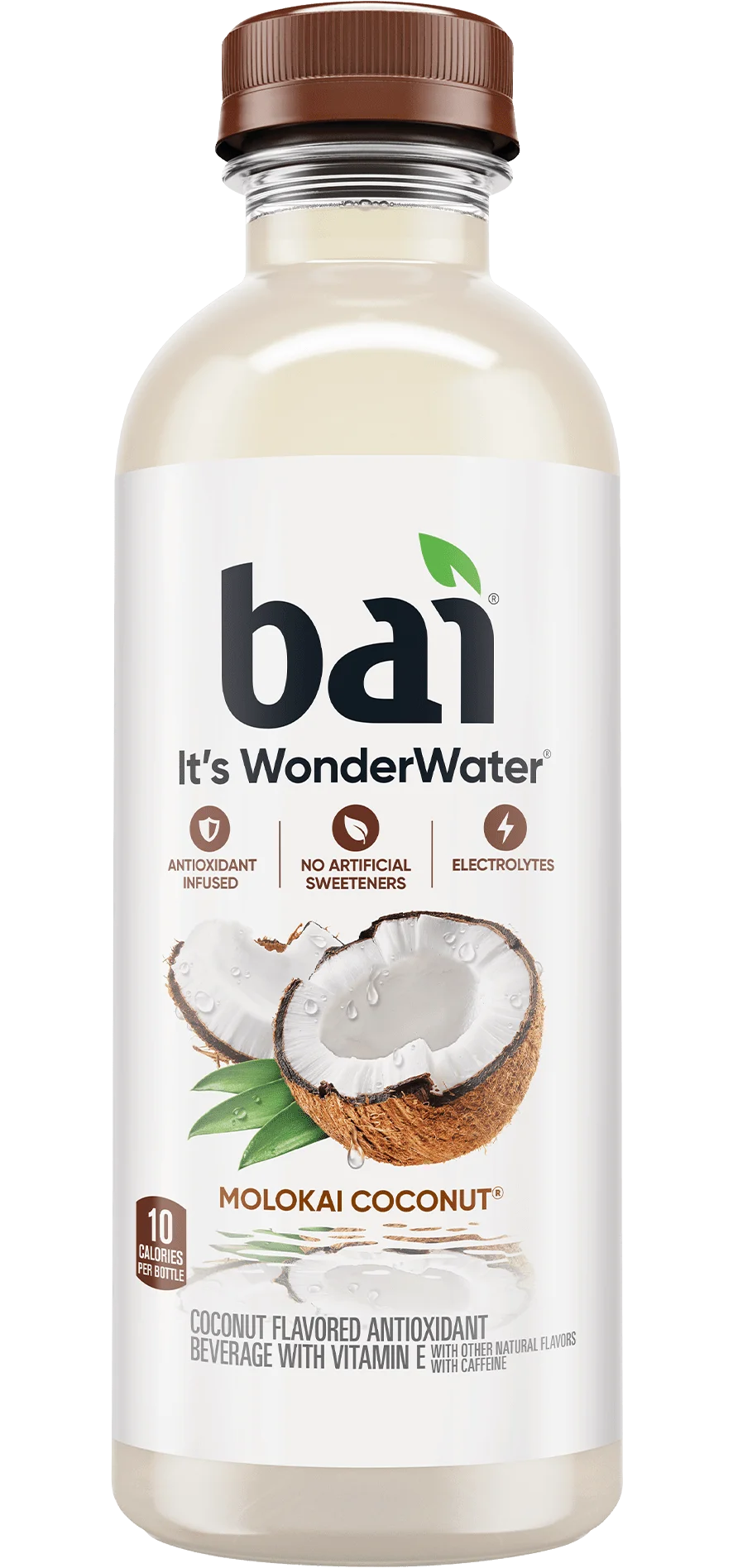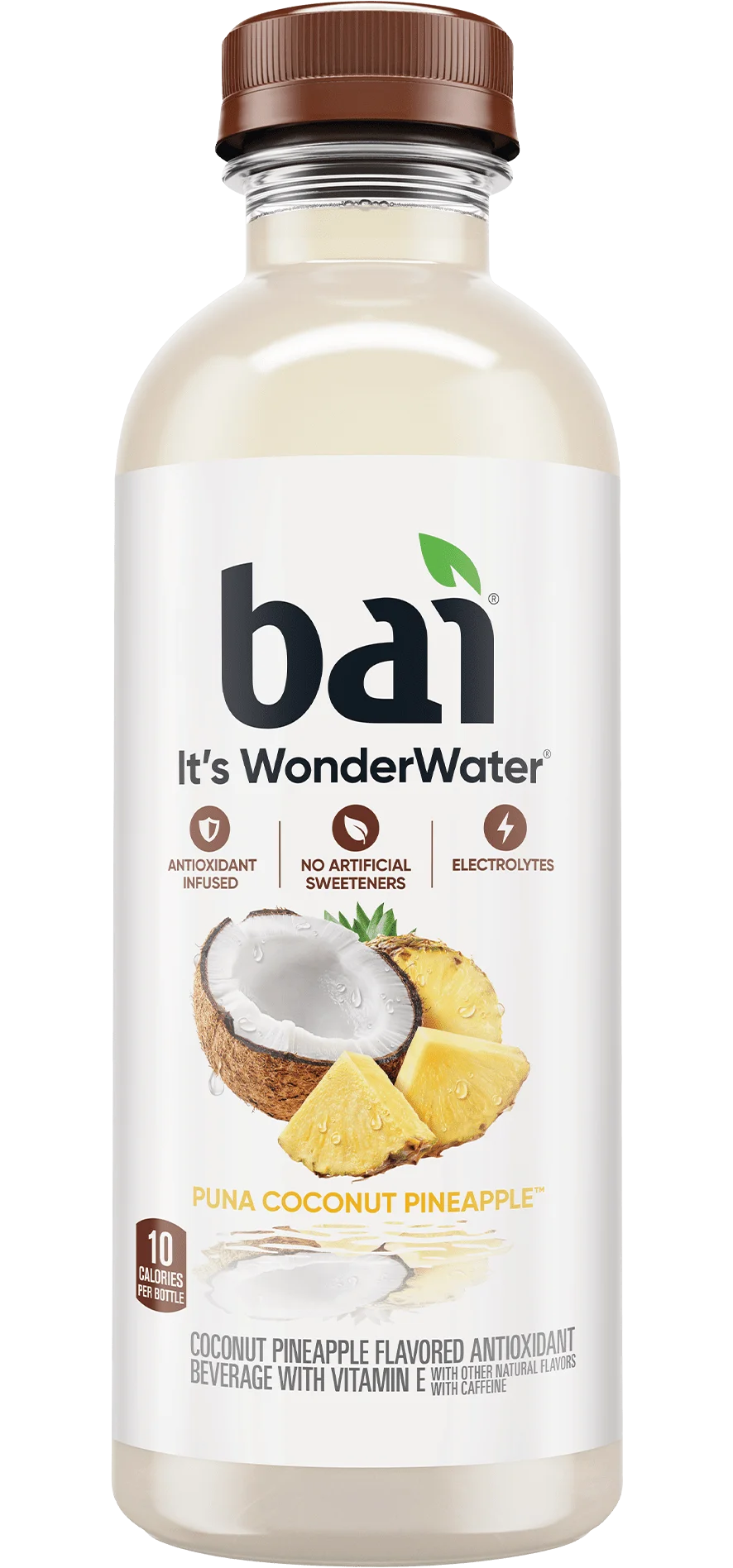This summer we’ll be publishing a series of posts on nutrition-based subjects. Sure, we all know what we put into our body has a significant impact on our health and overall well-being. What is likely a bit less known is why. And knowledge is power! Our goal is to help spread correct education of topics that may otherwise be a bit misunderstood. Ideally, a deeper understanding of nutrition will lead to healthier choices. We’d like to be the ones to clear some things up. But don’t ask us why peaches have hair. We’re still pretty fuzzy on that. Hehe.
Why We’re Crushin’ On Antioxidants
Are you breathing? Yes? That’s good news. You’re alive. You’re also therefore constantly putting oxidative stress on your body. Sorry, that went pretty bleak pretty quickly. But it’s cool, you’ll be fine. Please keep breathing.
What is Oxidative Stress?
To put it into perspective, oxidative stress is what causes raw meat to spoil. Fats and proteins in the meat become so damaged that their composition changes drastically enough to cause that janky smell. Yeah, that’s going on in you. No offense.
Gross… Why?
As any animal (human, aardvark, chameleon- really, nobody is exempt) breathes, byproducts are created by the chemical reaction that utilizes oxygen. Some can cause damage on the body if not taken care of. These byproducts, known scientifically as Reactive Oxygen Species and commonly as ‘free radicals’, are unstable compounds that mess around with tissues in your body like that annoying kid in 4th grade that poked you until you bruised. They’re really just calling out for attention and can’t figure out how to get it in a polite way. A free radical bumps around your body in search of an electron, which will neutralize and settle it. Eventually, it interacts with a neutral compound in your body and steals one. In turn though, the free radical status is transferred to the electron donor, and the cycle continues. A destructive game of tag on a molecular level.
What can oxidative stress do to me?
The damage that ROS cause can occur all over the body. Usually it’s not enough to cause much of a difference- maybe occasionally it weakens the immune system just enough to allow a chest cold to plant its roots for a few days. On a grander scale, it can result in damaged artery walls, defective cell membranes, premature aging, insulin resistance and even cancer, if defects build up in one area over time.
What increases the rate of oxidative stress?
There are some things that you can probably imagine pose increased oxidative stress on your body. Cigarette smoke, for example, releases unstable compounds that severely increase the levels of free radicals in the lungs, which can eventually lead to lung disease or cancer. Obesity is also a major factor. Cells that are used to hold onto fat for storage, adipose cells, are especially responsible for oxidative stress when they’re engorged.
There are also other less obvious sources of oxidative stress. Since exercise increases your heart rate, it also in turn increases your breathing rate and the rate at which your muscles use oxygen for energy. Both of these lead to an increase of free radical production. We’re not telling you to use oxidative stress as an excuse to stay away from the gym. You’re not fooling anybody. Just make sure to re-fuel with a well-rounded meal after you workout to provide muscles with the materials they need to re-build safely. Another great trick is to hydrate with drinks that contain antioxidants during and after your sweat sesh’ *bats eyelashes*. Another pointer- chill out! Emotional and mental stress can have an effect on physiological processes which in turn literally causes physical stress on your body. Yeah, the oxidative kind.
Enter: The Antioxidant
So what are we supposed to do, just let these little molecular monsters ruin our insides? Uh, we think not. That’s where the antioxidant comes in. Now that you know what oxidative stress is, you can probably deduce what ol’ Anti here does. It interacts with free radicals and ‘squelches’ them by providing them with the electron they’re so desperately looking for. But here’s the kicker- it doesn’t become a free radical itself because giving up that electron leaves it neutral and perfectly happy, thereby stopping the oxidative cascade. What a good guy.
Types of Antioxidants
Compounds with antioxidant capabilities come from many different sources and have many different characteristics. For the most part, they’re pigments that are naturally found in plants and act as a self-made sunscreen to protect said plants from oxidative damage the sun’s rays can cause. Some vitamins also act as natural antioxidants. Here’s a list of the biggies.
Anthocyanins– found in fruits like blueberries, cherries and grapes, anthocyanins are deep and rich in color. They’re the reason why a glass of red wine is considered to be ‘heart-healthy.’ Isn’t science great?
Pro-anthocyanins– found in reddish-brownish foods like kidney beans, hazelnuts, cranberries and almonds. Probably part of the reason why trail mix is so freaking tasty. Probably.
Flavonoids– found in things like coffee, green and black tea, grapefruit and chocolate, flavonoids are typically faint pigments and therefore don’t necessarily influence the color of the food they’re in. But did you notice we said chocolate?! That’s not a rumor either! Today’s been a good day so far.
Carotenoids– found in red or orange foods like sweet potatoes, tomatoes and oranges (duh), they protect leaves all year round and are especially visible in the fall when the green pigments have broken down. They’re also a form of Vitamin A.
Vitamin C– also known as ascorbic acid (a food additive to prevent spoiling), its antioxidant power is what helps notoriously boost your immune system. Get some from citrus, strawberries and broccoli.
Vitamin E– its stage name ‘α-tocopherol’ is also used as a preservative, and keeps the integrity of cell membranes up to par. It’s commonly found in wheat products, nuts and seeds.
Better Safe Than Sorry
Do your part to keep your insides looking spic-and-span. When making decisions about what foods and drinks to put in your body, be sure to think outside of the calorie box; foods provide so much more than what’s listed on a nutrition label. Eat a wide and colorful variety of foods to give your body a nutritional safety net when Reactive Oxygen Species try to push your immune system over the edge.


